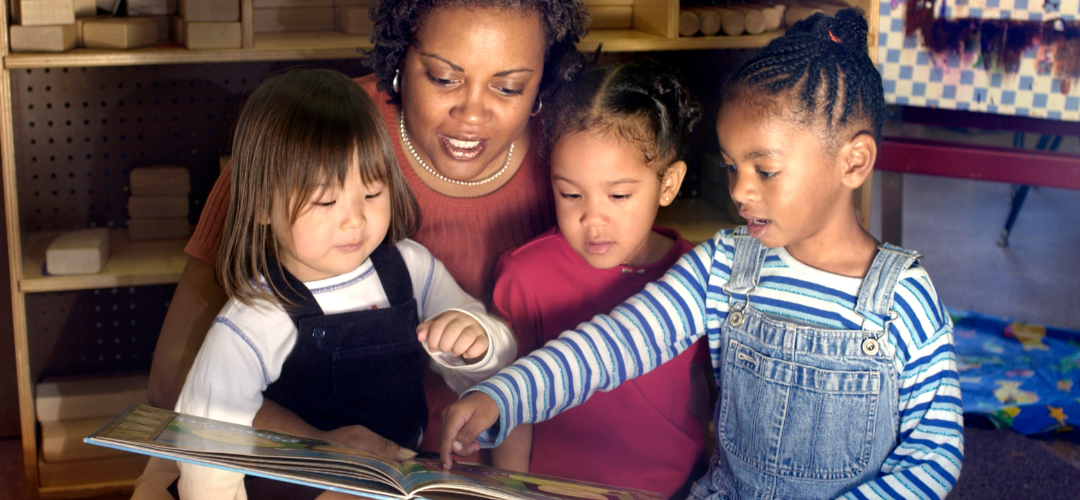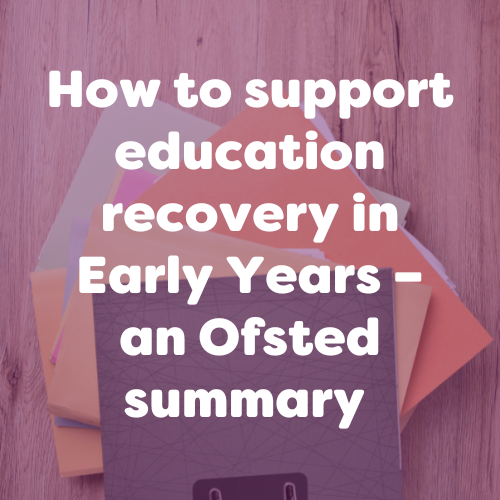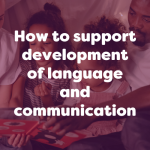
What is Dyslexia?
Dyslexia is a learning difficulty commonly associated with difficulties in reading and spelling. As well as this, dyslexia can also present several other difficulties such as maintaining concentration or staying organised.
Children in their early years may have difficulty in recognising sounds from letters in the alphabet or display slow progress with phonics. Being unable to work through these difficulties can cause embarrassment and frustration and lead to a reluctance to learn. This is why it is crucial to understand how the right support and early intervention can help.

1. How to Support Reading
- Pair reading together while reading at the child’s pace allows for shared turn-taking. When presented with a tricky word, read the words aloud together. Stop in the middle of a line and see if they can say the next word. Make mistakes on purpose to see if they notice and let them correct you.
- Role-play can be helpful for children who learn better with a visual approach. Texts that focus on speech may be easier to understand as they present a more recognisable flow.
- Offer opportunities to review and recap the story at intervals or at the end of the book. Talk about what has been read and what might happen next to help your child to monitor their own understanding and nurture their thinking skills.
- Use the 3-2-1 strategy as another way to measure comprehension skills by asking them to name three things they have learnt, two things they have found interesting, and one question they have.
- Audiobooks build skills in listening and concentration and provide an alternative way to experience storytelling and develop an interest in reading.
- Text-to-speech tools such as reading pens and other interactive software can encourage independence and build comprehension when reading.
- Make reading a positive experience by involving them in choosing what they would like to read. Offer support and patience while they decode patterns of words and work on their pronunciation.
2. How to Support Writing
- Create a relaxed and comfortable environment for each writing session. Keep these sessions short and try to establish a routine.
- Help the child to grip the pen or pencil comfortably. For some children, tripod grips may offer more control.
- Try multisensory learning techniques. Incorporate fine motor skill activities to help improve concentration and build hand muscles. This can include moulding letters out of plasticine or tracing letters in sand or on a dry wipe tracing board. Be open to trying other techniques that involve a combination of focus skills, such as flashcards or hand puppets.
3. How to Support Spelling
- Use flashcards or play matching games to build recognition of words.
- Find smaller words in a bigger word ‘rain’ in ‘train’.
- Use magnetic or cut-out letters to construct words. Swap out letters to change words and create new ones.
- Ask the child if they can break a word into sounds/syllables. Can they spell the sounds when they are separated?
- Write words in sand, flour or shaving foam to make spelling a fun tactile activity.
- Go over rules of irregular spelling patterns and common sight words such as ‘the’ ‘said’ ‘was’. Reinforce what has been learnt through repetition and review.
4. How to Support Lessons
- Provide a quiet space to work and keep instructions short and simple. Break tasks down into parts to ensure that they understand what to do. It may be helpful to talk together about what ideas they have and go through again if necessary.
- A checklist could help them to stay on task and encourage independence by ticking things off when completed. Consider adding visual reminders with photos if needed.
- Offer help by reading work aloud to support the child in checking their own work. Ask them how it sounds when it’s read out.
- Celebrate achievements to build confidence and to let them know that their efforts are recognised. Encourage a love of learning by celebrating successes rather than focusing on mistakes. Be sure to let them know that trying their best is something to be proud of.
- Assistive technology and software can support learning activities. Some children may also find screen devices more intuitive as they don’t have to struggle with grip and may have a natural interest in computers and tablets.
Final thoughts
It is important to understand that dyslexia is not a reflection of intelligence but an indicator of learning style. For children who are old enough to understand, take time to let them know that their difficulties are not their fault and work together to establish coping strategies to use when they feel frustrated or stuck.
Who can they go to for help? How might they work through the problem on their own?
Let children know that there are positives to having dyslexia such as enhanced creativity and imagination. Remind them that there is nothing wrong with being different and reinforce this by pointing out their strengths.
Practice little and often to create a nurturing environment. Keep in mind that dyslexia may overlap with other difficulties such as ADHD or dyscalculia (difficulty in understanding numbers).
Above all, it is important to remember to have fun when learning and to take time to develop positive associations with lessons. Encourage confidence and self-expression by involving them in things that they are interested in. This could be through sport, music or other creative fields that help them to unlock their potential and build a positive self-image.
For further information on dyslexia, visit The British Dyslexia Association. Here they have a series of videos for teachers called Teaching for Neurodiversity.




